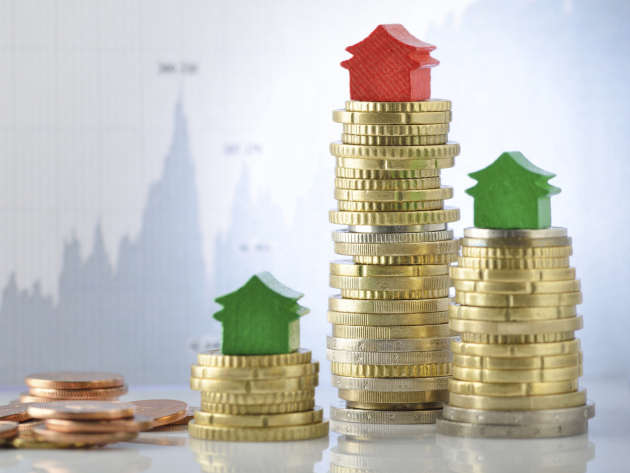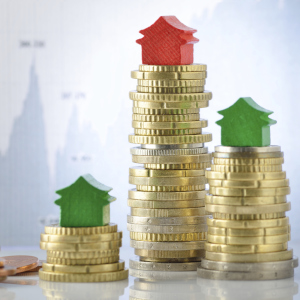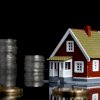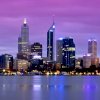
New data has revealed the fastest-growing suburbs in Australia, but investors needn’t panic – according to one expert, there’s still plenty of time to cash in on one of these up-and-coming hotspots.
Eight suburbs across three vastly different states have recorded quarterly growth figures in excess of 30 per cent, according to the latest figures from CoreLogic RP Data.
Yandina, on Queensland’s Sunshine Coast, recorded the fastest growth rate over the three months to August 2015.
With an increase of 34.88 per cent on a current median unit price of $290,000 the town just pipped Sydney’s Watsons Bay for the top spot.
Watsons Bay – a beacon of the affluent eastern suburbs – recorded price growth of 34.82 per cent on a monumental median house price of $3,775,000.
Wee Waa, a cotton town 571km north-west of Sydney, was the third fastest growing locality in Australia, and the second fastest in NSW.
The tiny town of 1,653 people recorded growth of 33.87 per cent on a median house price of $207,500.
Cloncurry, near Mt Isa in Queensland's north-west, recorded quarterly growth of 33.33 per cent on a median house price of $255,000 to rank fourth.
Back in NSW, Colebee in Sydney’s west recorded a growth rate of 32.37 per cent on a median house price of $797,500 to rank as fifth fastest growing suburb in the country.
Meanwhile, the sixth and seventh fastest-growing suburbs could be found in South Australia.
Windsor Gardens, in Adelaide’s north-east, recorded a quarterly growth rate of 31.21 per cent based on a median unit price of $345,750.
Mile End, two kilometres from Adelaide’s CBD, was close behind – recording growth of 30.89 per cent on a median unit price of $366,500.
Unit price growth in Windsor Gardens is likely being driven by two factors, according to property academic and author, Peter Koulizos – the release of new developer stock following council rezoning, and the sale of public housing.
“There’s a lot of redevelopment going on in Windsor Gardens, so I suspect that’s why the figures might show the median price is increasing, because there’s a lot of the newer units selling, which are obviously selling at a higher price as compared to the older units. There’s a lot of people knocking down one house and building three in that area,” he explained.
Mr Koulizos cautioned investors against buying in the area in the midst of its renewal, stating that prices were likely being inflated by developer commissions.
Mile End, meanwhile, offers a good choice for investors looking to capitalise on its proximity to the CBD and the number of older apartments that are prime for renovation.
“Mile End got its name from the fact that it’s only one mile from the CBD. So it’s very close to town, full of historical buildings on big blocks. Some parts of Mile End are very developer-friendly, in particular the sections close to Henley Beach Road, but what’s also happening is people buying into the 1960s blocks of units and fixing them up.”
The suburb is proving incredibly popular with CBD workers and uni students, according to Mr Koulizos, but investors need to be careful to target the correct stock.
“Older properties, and if you’re going to buy a unit – something that’s got at least some form of yard. And stay away from the Mile End south section, because that’s where the industry is,” he said.
While there has been plenty of talk of Adelaide’s declining fortunes, with the pending loss of a significant part of its manufacturing sector, Mr Koulizos believes there is still plenty of room for investors to make strong gains in the medium to long term by investing in suburbs like Mile End.
“If for no other reason, it’s the stage of the property cycle," he said. "There is no doubt that Adelaide is at the bottom, so there’s only one way up."
Clareville, on Sydney’s upper northern beaches, rounded out the list of 30 per cent-plus performers. The suburb recorded a growth rate of 30.6 per cent on a median house price of $1.65 million.
NSW, Queensland and South Australia were the only states home to suburbs recording growth rates above 30 per cent – the next closest being Western Australia, where the town of Carnamah recorded growth of 29.03 per cent on a median house price of $100,000.
For more fast-growing suburbs, click here.
Read more:
Should I invest in the outer suburbs?
How to benefit from having student tenants
5 tips to attract the right homebuyers








